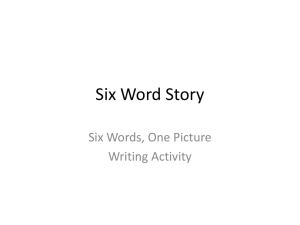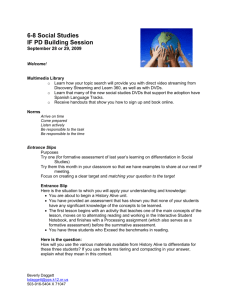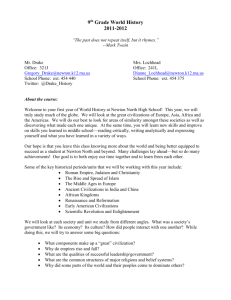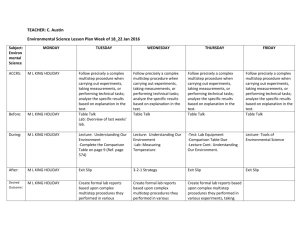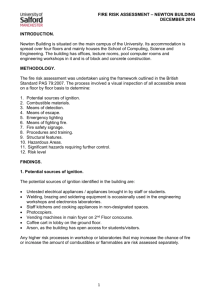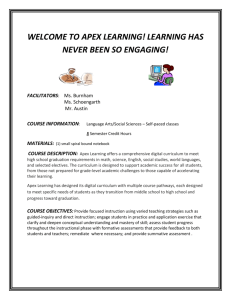Midterm - L.DeHaas` Portfolio
advertisement
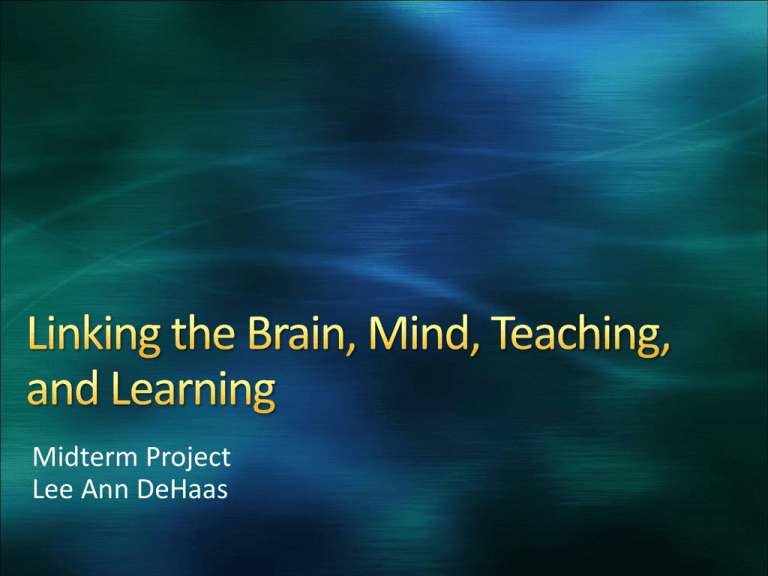
Midterm Project Lee Ann DeHaas 8th Grade Physics 27 Students General Education Class and Inclusion Class Students will be able to Identify Isaac Newton’s Laws of Motion Understand the law of inertia Determine the force needed to accelerate objects Demonstrate the law of equal and opposite reactions Q&A Discussion (informal) Exit Slip (informal) Completed Lab Analysis (formal) Sense Students activate prior knowledge of gravity Meaning Gain meaning through Down Time & Prime Time 2 Launch Do Now: Explain the difference between balanced and unbalanced forces Primacy (Prime time 1) Newton’s Laws notes Down time Stations Lab Recency (Prime time 2) Exit slip: Real life applications of Newton’s Laws Concrete Sequential Abstract Sequential Concrete Random Abstract Random Visual SMARTBoard Demonstrations Verbal Lecture Skit Musical Victim of Gravity song Kinesthetic Demonstrations Hands-on Intrapersonal Independent stations Exit Slip Mathematical Using formulas Interpersonal Discussion Group work Images courtesy of http://connectionsacademy.com SMARTBoard ELMO document camera Computers Calculators Neurons Responsible for functioning of brain and nervous system Allows students to take in and process information Sensory Input The use of the 5 senses Linked with the thalamus Frontal Higher-order thinking Problem solving Temporal Music and sound Occipital Visual recognition Parietal Spatial orientation Calculations Thalamus Sight, sound, touch Hypothalamus Homeostasis Hippocampus Short term memory to long term memory Amygdala Emotions New Jersey. Department of Education. New Jersey Core Curriculum Content Standards. Web. 10 Oct. 1213. Sousa, David A. How the Brain Learns. 3rd. Thousand Oaks: Corwin Press, 2006. MSETRamapo.org. Ramapo College. Web
